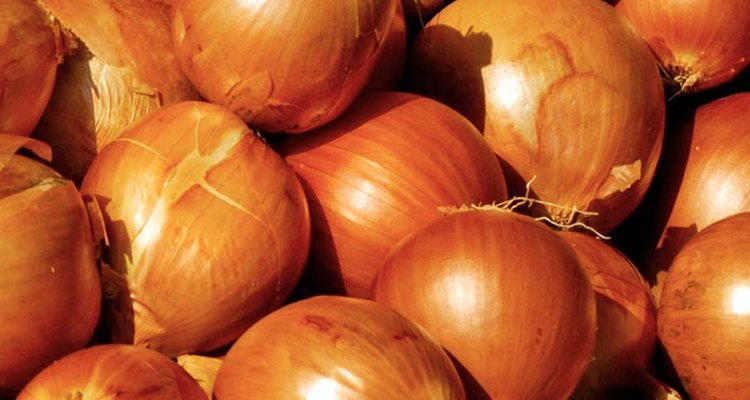
Project
‘Peeling the onion’ Making markets work for smallholder producers in the Tahoua onion belt of Niger
A frequently encountered expression in Niger is that for “enjoying onions you have to cry”. This pilot study proposes to "peel the dynamics of the Galmi onion sector" and to learn more about the joy and the tears that are associated to it. “Peeling the onion” is not an objective in itself: action research seeks to support existing initiatives toward chain innovation, both technological, organizational, commercial and institutional.
The action research is aligned to on-going initiatives realsing so-called trade hubs.
Onion trade hub: Tsernawa experience
Tsernawa is a traditionally important onion trade centre. Situated at the Route Nationale 1 and not far from the Nigerian border, it hosts many traders and intermediaries. The onion trade centre in Tsernawa (Konni department) is a commercial venture of producer cooperatives. In the Nigerien onion sector, it is the first of its kind. The trade centre is established by three cooperative unions of onion producers (Tashe Stayé, Taimako and So Da Yarda, with a total of 25 cooperatives). The approximately 25,000 individual members have a marketable production of around 10,000 tons of onion (e.g. some 400 truckloads). On behalf of the members, the ‘comptoir’ meets and directly negotiates with onion traders. The centre has been constructed with financial support of ADF. ANFO (national federation of onion producers and traders) and the local district work together. Advisory services are provided by ADIDB (local BDS) and SNV.
Reconditioning of onions at the Tsernawa onion trade centre
The goal of the trade center is to improve farmers’ income through:
- Improved price information, market transparency and seeking new marketing opportunities
- Collective marketing and improved negotiation power vis-à-vis traders
- Quality improvement, sorting
- Improved storage and reconditioning and (re)bagging of onions
- New instruments for weighing
- Organization of transport
- Improved safety
- One-stop counter for export formalities.
The establishment of this first ‘comptoir’ was not without problems, among others because of the radical change of marketing modalities and the time needed for farmers’ organizations to get ready for the job. Also the role of intermediaries was hugely affected. And here as well one of the key questions is: who is really benefitting?
(Source: Le groupage comme stratégie de commercialisation de l’oignon : le cas du comptoir des Unions de Tsernawa- Konni – Niger (SNV Niger)
The action research project in Niger is oriented at problems and opportunities in real-life endeavors of small onion producers’ organizations. The proposed activities focus on initiatives that may improve economic transparency, farmer empowerment, stakeholder collaboration and coordination: contract farming, modern onion trade hubs, conservation, storage and warehouse receipt systems and product and market development for a new large buyer (Nestlé demand for dried onion).
Pillar 1 :
Exploring entry points for pro-poor value chain development
- Functions and actors in the current market system
- Onion producers, organization rate and strenghtening onion producers’ organizations
- Transaction risks, price setting mechanisms and price transmissions
Pillar 2
Supporting challenging change processes- Contract farming
- Onion market centers and trade hubs
- Conservation, storage and warehouse receipt systems
- New large scale buyers
The results of the action research seek to contribute to questions of strategic importance such as:
- How can market economic development induce positive results for onion producing rural households, both in terms of livelihood security, higher direct income from onion trade and local economic development processes ?
- What are minimum requirements for households (and household members) to engage in market economic activities ? What are the driving forces and entry points enabling more rural poor to profitably engage in market economic activities with positive outcomes for their household asset base ?
- What role for producers organizations in the promotion of pro-poor value chain development, both at production, storage and marketing level ?
The results of action research and the results of implemented innovations feed into discussions on the pro-poor impact of value chain development, in this case in the context of an extremely poor, land-locked and drought-prone country.